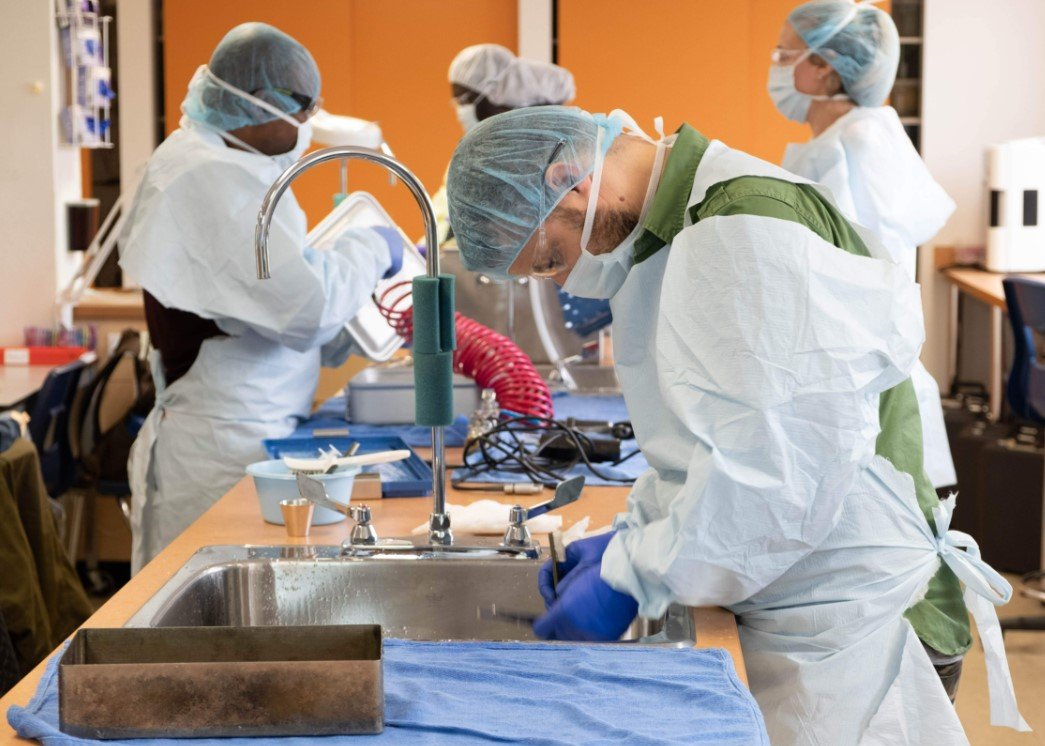The proper cleaning of medical instruments is a critical task in healthcare facilities. It plays a direct role in preventing infections and maintaining the integrity of the tools used in patient care. But how exactly do these facilities ensure the cleanliness and safety of the instruments? Here’s a breakdown.
Collecting and Sorting: Where It All Begins
The process of cleaning medical instruments kicks off right after they’ve been used.
- Step 1: Instruments are collected and sorted based on their type and level of contamination.
- Step 2: Pre-cleaning starts. This involves rinsing the instruments to get rid of large contaminants like blood and tissue. Water helps loosen debris, making the more intensive cleaning steps that follow more effective.
Collecting and sorting might seem straightforward, but it sets the tone for the entire process. If done wrong, instruments might not receive the correct cleaning treatment.

Different Instruments, Different Requirements
Not all medical instruments are created equal, and they don’t all require the same cleaning approach.
Surgical instruments, for instance, often come in direct contact with bodily tissues. That makes thorough cleaning an absolute necessity. On the other hand, tools used for diagnostics usually require less rigorous cleaning.
Understanding these nuances is key to ensuring that each tool gets the attention it deserves. It’s like tailoring an outfit; you wouldn’t treat a delicate fabric the same way as heavy-duty denim.
The Methods Behind the Cleaning
There’s no single way to clean medical instruments, and various methods are used depending on the type of tool.
- Manual Cleaning: This involves scrubbing and rinsing instruments with detergents under running water. While effective, it’s labor-intensive and doesn’t always reach every crevice.
- Ultrasonic Cleaning: High-frequency sound waves agitate a cleaning solution, dislodging dirt from even the hardest-to-reach places. It’s especially useful for delicate or complex instruments.
- Washer-Sterilizers: These machines combine washing and sterilization in one cycle. With water, detergent, and heat, they automate the process, reducing human error and boosting efficiency.
Every method has its advantages, but the choice depends on the instruments being cleaned and the resources available in the healthcare facility.
Quality Control: Detergents and Water Matter
The quality of both detergents and water can make or break the cleaning process.
High-quality detergents clean effectively without harming the instruments. Different materials require different types of cleaning agents, and choosing the right one ensures the tools last longer.
Water quality is equally important. Hard water, for example, leaves behind mineral deposits, which can compromise an instrument’s functionality. That’s why facilities often rely on distilled or deionized water, ensuring that no residues are left behind.
Meeting Stringent Cleaning Standards
Healthcare facilities don’t just rely on their own cleaning protocols—they must meet strict external standards as well.
Organizations like the Centers for Disease Control and Prevention (CDC) and the Association for the Advancement of Medical Instrumentation (AAMI) lay down comprehensive guidelines. These cover every detail, from which detergents to use to how often washer-sterilizers need maintenance.
Following these standards isn’t just a formality. It’s a crucial part of ensuring patient safety and the reliability of the instruments used in treatments.
















